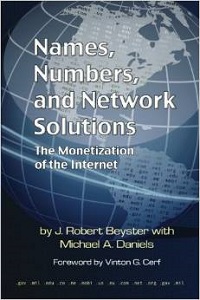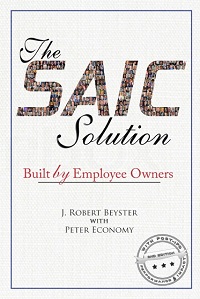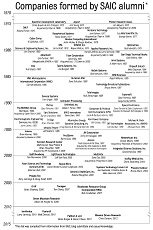Last Monday night I attended a seminar about the economics underlying various forms of energy given by Steve Koonin, chief scientist at British Petroleum. BP has invested a sizable amount of money in renewable energy as a hedge against the eventual disappearance of their fossil fuel reserves. Steve spoke quite objectively on the alternatives. Wind he feels will turn into a reasonable energy resource in remote areas where the need for power, wind speed, and cost of energy delivery are all high. However, wind will not be a big source of energy for the future — maybe only up to 5 percent of the total. Coal he feels could be a more viable contender if the carbon sequestration issue is handled properly. Tests are now ongoing to pipe exhaust gases underground. On nuclear, BP does not build or own any nuclear power plants, but Steve still feels more nuclear power makes sense in a lot of locations around the world. Regarding biomass, BP has a $500 million subsidized program at Berkeley and one other location in the U.S. This program includes new fuels like butanol, but there is currently no distribution system.
Steve’s analysis shows that the proven global oil reserves available today will last us long beyond 2050, and that unproven reserves may be available in an amount equal to proven reserves. Interestingly enough, he talked about fusion energy — probably because there were some fusion researchers in the room — and about the use of algae to create fuel.
All in all, it was an interesting seminar. There seem to be few immediate solutions to our energy dilemma, but many areas of research and opportunities for the future.
– Bob





Bob,
Your post got me thinking about it, so I looked up some of the facts. I’m not so sure about what the oil guy was saying… I don’t see why wind could not eventually totally replace fossil fuel…
Here’s my back of the envelope calculations:
The total average power consumption in the US in 2005 including gas, electricity, etc.. was
~3.34 x 10^12 watts. (source: http://en.wikipedia.org/wiki/Orders_of_magnitude_(power)).
According to a government study (source: http://rredc.nrel.gov/wind/pubs/atlas/atlas_index.html), there are very large areas along the Pacific and Atlantic coastlines (where up to 50% of the US population lives) which would support wind generation from Class 3 average wind (providing ~160W/m^2 @ 50Meters in height) to Class 7 wind (providing ~1,000W/m^2 @ 50 Meters in height).
If the average location were to produce only 200 W/m^2, it would take ~5,000 m^2 to produce 1 megawatt. That’s about 1.25 acres. So, it follows that 1,250 acres would yield about 1 gigawatt and 1,250,000 acres would represent a power capacity of 1 terawatt. So, 4,750,000 million acres would be required to entirely replace 2005 energy consumption (all gas, oil, nuclear, coal, etc…). This represents about 7,000 miles^2. Or, an area 10 miles wide and 350 miles long positioned in windy areas of both West and East coasts.
Totally back of the envelope, but it seems directionally correct…
Mike
Dr. Beyster,
A few months back a PR contacted me about running a guest column by you about Network Solutions.
For a lot of reasons, it fell through the cracks, but I’d like to talk to you about it, if you are still interested in us doing something.
Thanks,
Nick Wakeman
Editor
Washington Technology
Michael: I did not try to check your calculations because I felt that if windmills could supply even half of our energy needs, other nonpolluting sources of energy — like solar, nuclear, and biofuels — would provide the other half. On coal, I haven’t been convinced that emissions can be sequestered adequately enough for coal-fired systems to meet the mission criteria. The other concern I have about relying too much on wind has to do with its unpredictability. Winds can sometimes get up to hurricane force, wreaking havoc on the windmills. – Bob
Nick: Yes — I am interested in pursuing this as we get our Network Solution book project off the ground. We’ll be in touch. – Bob
Dr. B:
A couple of years ago I seem to recall reading an article about new technology which fixes the wind speed issue. In the past, massive windmills (which are required to create substantial power) would destroy themselves in hurricane force winds. However, some clever folks created a way to change the pitch of the blades in increased wind so they would not be sunject to the same forces as they had been…
The area is pretty interesting… I think it holds a lot of promise.
I don’t discount coal, solar, or nuclear either. But wind is very interesting…
Mike